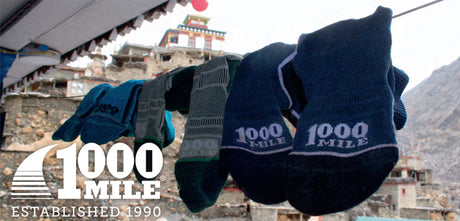
1000 Mile Sock Technology Explained
1000 Mile socks are built to go further, last longer, and keep your feet healthy. The secret lies in the advanced fibres we use across the range. Each material has...
Free delivery over £35

SPECIAL OFFER
Extra Strong Sports Balm
Neoprene Shin/Calf Support - UP5430
Advanced Neoprene Calf Support - UP5733
Calf supports are important for treating and recovering from lower leg injuries. In particular, calf strains and shin splints. So which one is the right one for you and how do they work?
Shin splints is not a specific injury diagnosis but a general term people use to describe shin pain, usually on the inside lower part of the shin.
There are many causes of shin splints type pain but probably the most common is Medial tibial stress syndrome. This involves the muscles of the lower leg pulling at the outside layer of the shin bone (called the Periosteum). As a result it becomes painful and inflamed.
A shin and calf support helps prevent and treat shin splints pain by supporting the muscles of the lower leg. If these muscles are in good condition then they place less stress on the inside of the shin bone than if they are tight and weak.
The Elastic calf support provides excellent compression as well as being comfortable to wear for longer periods. So if your shin pain is acutely painful then this is the one to go for.
If you have had shin pain for a number of weeks or months then the Advanced neoprene calf support is recommended. Neoprene retains body heat which stimulates blood flow, keeping muscles supple and aiding the healing process. You can also adjust the tension over your shin with the velcro straps.
A Calf strain is a tear in any of the muscles at the back of the lower leg. The most common strain is to the large gastrocnemius muscle, specifically where the tendon joins the muscle.
Immediate first aid for Calf strains is to apply the PRICE principles of protection, rest, ice, compression and elevation. The Elastic calf support is an excellent calf compression sleeve for the acute phase, immediately after you have torn your calf muscle.
It protects the muscle from further damage and applies compression to help reduce pain and swelling. Being made of elastic it does not retain as much heat and so is likely to be more comfortable than neoprene when worn for longer periods of time.
If you have passed the acute stage and have tight knots, lumps and bumps in the muscle then the Advanced neoprene calf support, or the neoprene shin and calf support may be the one to choose.
Neoprene retains body heat which stimulates blood flow and relaxes tight muscles. Later in the rehabilitation process you may only need to wear your support when exercising rather than at all times.

1000 Mile socks are built to go further, last longer, and keep your feet healthy. The secret lies in the advanced fibres we use across the range. Each material has...
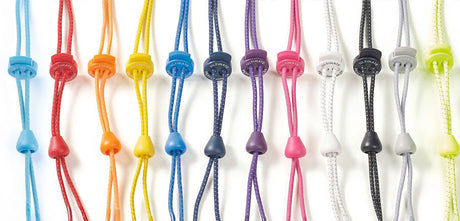
Knowing how to use elastic laces properly improves comfort and convenience when running or participating in sports. Elastic laces stretch and flex with your foot, providing a secure yet comfortable...
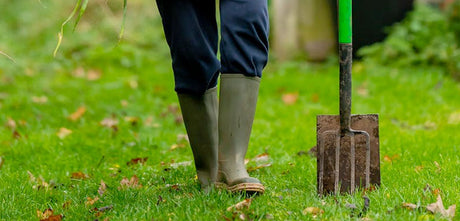
Wellington boots are a staple for outdoor activities, whether for farming, dog walking, or working in wet and muddy conditions. However, despite their practicality, they often lack the necessary support...
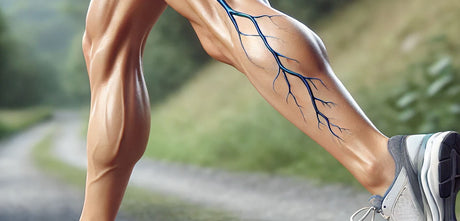
Running with varicos veins is a common concern for many, especially those who also spend a lot of time on their feet. While running itself doesn’t cause varicose veins, it...
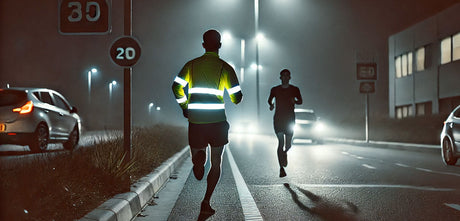
Most runners have dealt with injuries, but being hit by a car can cause the most severe damage. Fractures and head injuries may not only stop your training temporarily, but...

If you have high arch feet then choosing the right insole is just as important as it is for those with flat feet. Here's why the Ultimate Performance Cushion +...